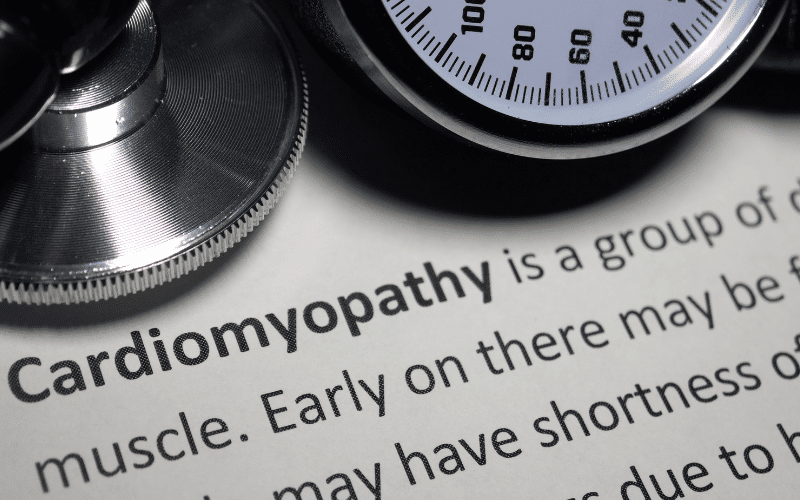Introduction: A Deep Dive into the Heart of the Matter

Cardiomyopathy, a term that may seem intricate to most, is a pressing concern that impacts millions throughout the world. You might ask, what is cardiomyopathy? In simple terms, it’s a heart muscle disease. It’s critical, however, to delve into the details and truly understand the nature and intricacies of this condition.
In people diagnosed with cardiomyopathy, their heart muscles undergo significant changes. It becomes enlarged, thickened, or rigid, which compromises its ability to pump blood efficiently. As the disease progresses, the heart’s capability to maintain normal function weakens, leading to conditions such as heart failure or irregular heartbeats – medically referred to as arrhythmias. One could liken cardiomyopathy to a stealthy adversary that often goes unnoticed until it’s too late.
The complexity of cardiomyopathy doesn’t stop there. There are numerous types of this condition. Each type exhibits different symptoms and necessitates specific treatment approaches. Recognizing the type of cardiomyopathy a person has is paramount to devising an effective treatment plan.
Despite being a silent predator, cardiomyopathy does manifest symptoms as it advances. These include shortness of breath, fatigue, swelling of the legs, ankles, and feet, and rapid heartbeats. The sneaky onset and gradual progression of symptoms underscore the importance of regular check-ups, particularly for those with a family history of heart diseases.
So, without further ado, let’s delve into the 13 facts about cardiomyopathy. This comprehensive look at them underscores the complexity of this group of diseases and the importance of broad-spectrum health care that encompasses not just the heart but the whole body. With this knowledge, we can better understand this threatening-life condition and arm ourselves with the tools to combat it effectively.
Fact 1. Know Your Enemy: Many Faces Of Cardiomyopathy

Cardiomyopathy branches out into a few distinct types, each marked by its unique traits and implications. Dilated, hypertrophic, restrictive, arrhythmogenic right ventricular, and unclassified cardiomyopathy are the main types that the medical world currently recognizes. Understanding each type’s idiosyncrasies can enhance comprehension of this disease and inform preventive strategies.
Dilated cardiomyopathy, for instance, is characterized by an enlarged and weakened heart. This condition, sadly, is the most common type of cardiomyopathy. It primarily affects the heart’s left ventricle, disrupting the heart’s ability to pump blood efficiently. It’s an issue that tends to progress over time and can eventually lead to heart failure if left unattended.
On the other hand, hypertrophic cardiomyopathy involves a thickening of the heart muscle, predominantly in the septum separating the two ventricles. This abnormality can obstruct blood flow out of the heart, potentially leading to severe complications such as arrhythmia or sudden cardiac death. Intriguingly, this condition is typically genetic, passed on from generation to generation.
Restrictive cardiomyopathy is another type that’s less common but equally concerning. Here, the heart muscle becomes rigid, losing its flexibility to expand and fill with blood. This rigidity impedes proper blood flow in the heart, leading to a myriad of symptoms and complications. Unlike hypertrophic cardiomyopathy, restrictive cardiomyopathy isn’t usually hereditary.
Arrhythmogenic right ventricular cardiomyopathy is a rare form of the disease that primarily affects the heart’s right ventricle. In this condition, the heart muscle is progressively replaced by fatty and fibrous tissue, leading to arrhythmias and, in severe cases, sudden cardiac death. It’s particularly common in athletes and can have tragic consequences if undetected.(1)